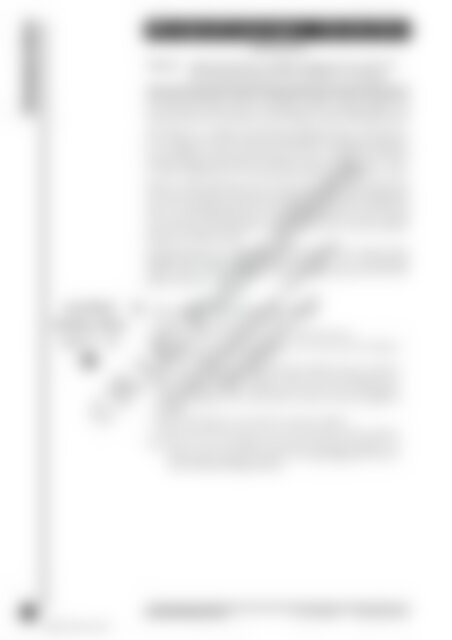RIC-0667 Aboriginal Cult 5-6
Create successful ePaper yourself
Turn your PDF publications into a flip-book with our unique Google optimized e-Paper software.
Communication<br />
Food Words<br />
Minibeast Words<br />
(pages 47 – 48)<br />
<strong>Aboriginal</strong> Languages – Introduction<br />
Indicator:<br />
Teachers Notes<br />
Appreciates that there are different languages in the world, and<br />
that <strong>Aboriginal</strong> people have also evolved their own languages.<br />
This section will introduce students to <strong>Aboriginal</strong> languages. Students will appreciate<br />
that <strong>Aboriginal</strong> people have their own languages as well as speaking English. It will<br />
make them aware of the difference between English words and <strong>Aboriginal</strong> words.<br />
All cultures have a language. The traditional <strong>Aboriginal</strong> people of Australia have<br />
many. Today there are around 100 Australian Indigenous languages being spoken;<br />
it is very difficult to know exactly how many there are. It is thought the number of<br />
<strong>Aboriginal</strong> languages spoken before European contact was between 200 – 250 or<br />
even more. Today, however, this number has declined for many different reasons.<br />
Before non-<strong>Aboriginal</strong> people came to Australia, many different <strong>Aboriginal</strong> groups<br />
lived across the continent. Each of these groups had its own culture, language and<br />
name. The <strong>Aboriginal</strong> people believe their ancestors created the land and all its<br />
forms such as the hills, plains, deserts and seas. When the Great Ancestors travelled<br />
across Australia creating landforms as they went, they also created the different<br />
languages for different groups.<br />
<strong>Aboriginal</strong> people have very strong ties with the land and this is evident in their<br />
language. Their language reflects the land and all that is on it. The <strong>Aboriginal</strong><br />
people still feel a sense of ownership towards the language and the land where their<br />
groups came from.<br />
• Play a tape of someone speaking another language.<br />
• Ask the class to tell you what was said.<br />
• Ask ‘Why don’t you know what was said?’ Accept all answers.<br />
• Explain that there are different languages in the world, and that <strong>Aboriginal</strong><br />
people also have their own languages.<br />
• Have some <strong>Aboriginal</strong> words taken from the worksheet written on strips of<br />
card. (The language used is Wajjarri, which is the local language for the<br />
Midwest Region of Western Australia. You may have access to an <strong>Aboriginal</strong><br />
speaker or language centre, and be able to use your own local indigenous<br />
language.)<br />
• Talk about <strong>Aboriginal</strong> words and their meaning in English.<br />
• Students will need to have the instructions on the worksheets clearly explained.<br />
Note: There are over 250 different documented <strong>Aboriginal</strong> languages and<br />
dialects with varying pronunciations. It is strongly suggested you contact<br />
a local <strong>Aboriginal</strong> language speaker.<br />
©R.I.C. Publications<br />
Low Resolution Images<br />
Display Copy<br />
46 Australian <strong>Aboriginal</strong> <strong>Cult</strong>ure R.I.C. Publications www.ricgroup.com.au<br />
ISBN 978-1-86311-807-1


















